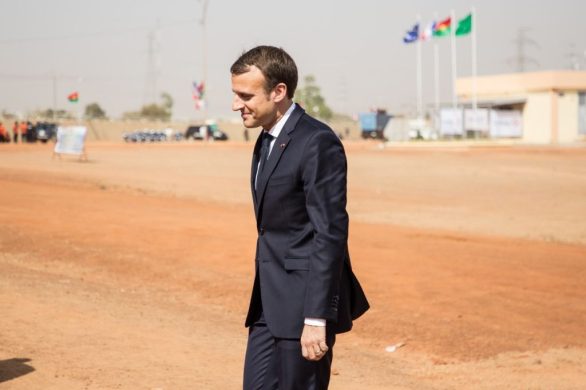Mange af de radiostationer og aviser, der måtte lukke under oprøret og de efterfølgende uroligheder i Mali er nu tilbage i æteren og kioskerne. Landet ser ud til at være på vej tilbage til det tidligere så liberale medielandskab.
After more than a year of unrest, the safety of journalists and conditions for freedom of expression are improving, says a new report supported by IMS
In May and June, about 25 out of 57 radio stations and newspapers that suffered closure during the 2012 armed rebellion and subsequent conflict in Mali have reopened, says the report published by the IMS-supported Media Foundation for West Africa (MFWA).
In the northeastern Gao region, about 13 out of 21 radio stations affected by the crisis, have resumed broadcasting while five newspapers have re-appeared on the newsstands. In Timbuktu, about 10 radio stations have reopened.
The report also notes that no significant attacks against journalists have taken place between May and June, and that journalists in most parts of the country are now able to go about their duties with minimal or no fear of harassments.
In the northeastern Kidal region, there are however still concerns about the safety of journalists, as pockets of rebel groups remain and continue to attack and harass citizens, says the report.
The improvements in journalists’ safety is notable compared to 2012 when the majority of media outlets in northern Mali were forced to close, leaving large parts of the population of the conflict-ridden country in an information vacuum, as reported in the IMS assessment “Media in Mali divided by conflict”.
Prior to the conflict, Mali was perceived to have one of the most liberal media environments in the region, but the conflict stalled the positive developments in the areas of press freedom and freedom of expression.
Basic challenges remain
Despite the improvements, the Malian media are still faced with basic challenges, such as a lack of electricity, says the report:
“The city of Gao receives power from 1800 to 2300 with untimely power outages. Some areas in the Gao region have been in a total blackout for two months. Radio stations that manage to broadcast are able to do so because they have received solar panels.”
Similarly, a lack of income keeps some media outlets from operating fully, or prevents them from re-opening after they were vandalised by armed groups in 2012.
The report is the first in a series issued as part of a joint project between IMS, Panos Institute West Africa and MFWA aimed at enabling media to play its important role in bridging information gaps, and promoting the right to freedom of expression and the safety of journalists in Mali.
Read the full report here (PDF – 6 sider): http://www.mediafound.org/wp-content/uploads/2013/08/Media-Sector-in-Mali-Witnesses-Steady-Recovery-After-Devastation-by-Conflict.pdf















